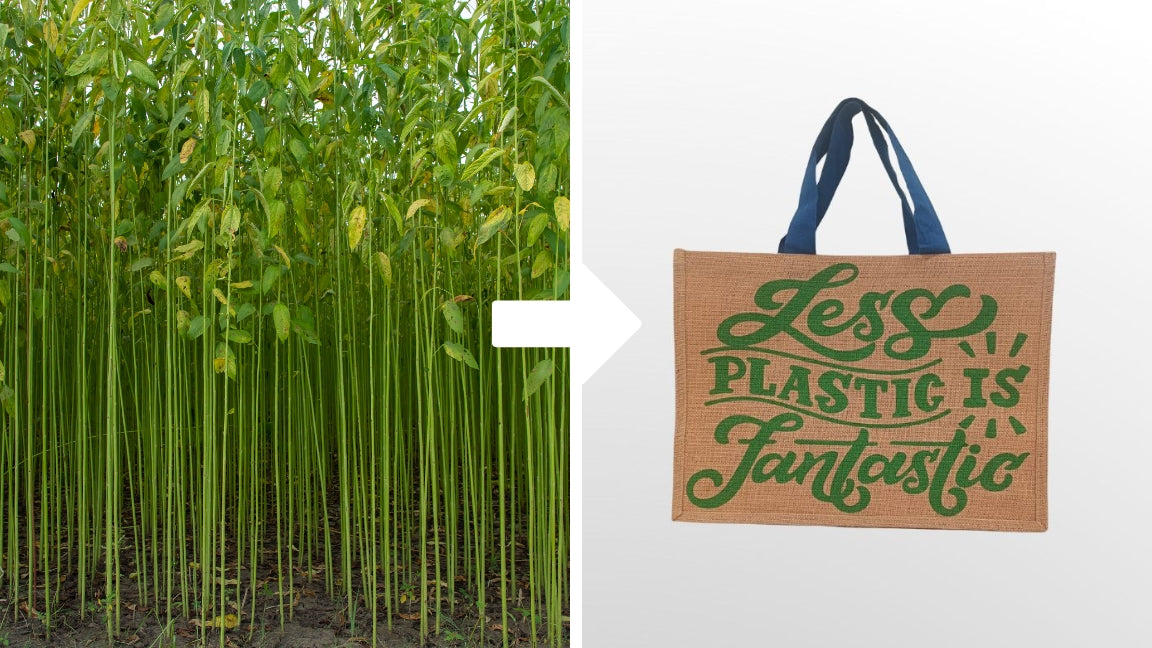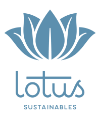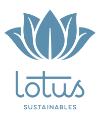
From Jute Field to Reusable Bag
A glimpse into the journey of jute, the “Golden Fiber”, from field to a finished product that is both sustainable and stylish.
Cultivation of Jute
Jute cultivation primarily occurs in regions with a warm and humid climate with our source working with thousands of local farmers in India.
The process begins with:
Soil Preparation: Farmers prepare the soil during the early monsoon season, ensuring it is rich and loamy.
Sowing: Jute seeds are sown directly into the soil. Within a few days, the seeds germinate, and young plants start to grow.
Growth Period: Over 4-5 months, the jute plants grow rapidly, reaching heights of up to 10-12 feet. During this time, they require regular watering and care to ensure healthy growth.
Harvesting
Once the jute plants mature, typically during the monsoon season, the farmers begin the harvesting process:
Cutting: The plants are cut close to the ground and bundled together.
Retting: These bundles are then submerged in water bodies for 2-3 weeks to soften the outer bark. This process, known as retting, is crucial for separating the fibers from the stem.
Extraction of Fibers
After retting, the jute fibers are extracted:
Stripping: The softened stems are stripped of their outer layer, revealing the long, lustrous fibers within.
Washing and Drying: These fibers are then washed to remove impurities and dried under the sun to retain their natural color and strength.
Grading: The grading process assigns the fibers to different categories based on age and quality of the plant. This allows our partner to use only top grade fibers to produce a clean, vibrant and strong yarn leading to a premium fabric.
Processing
Once dried, the jute fibers are ready for processing:
Spinning: The fibers are spun several times using traditional hand-operated or modern machines. Each time the fiber is spun, the quality is further refined to achieve a superior yarn as the end result.
Weaving: These yarns are then woven into various fabrics using looms. The resulting jute fabric can be dyed, printed, or laminated.
Manufacturing of Jute Bags
The final step involves converting the jute fabric into reusable bags:
Cutting and Stitching: The jute fabric is cut into desired shapes and sizes and stitched together to form sturdy, reusable bags. Handles and embellishments are added to enhance functionality and aesthetics.
Quality Control: Each bag undergoes rigorous quality checks to ensure durability and strength, making them suitable for repeated use.
At the end of their life cycle, our Jute Bags are compostable and return nutrients to the Earth. With the use of jute, we support sustainable practices and contribute to a greener planet. Embracing this golden fiber among our other reusable solutions, environmentally friendly solutions are made simple with Lotus Sustainables.
Reach out to our team to discover how we can support your sustainable initiatives with our reusable solutions!


